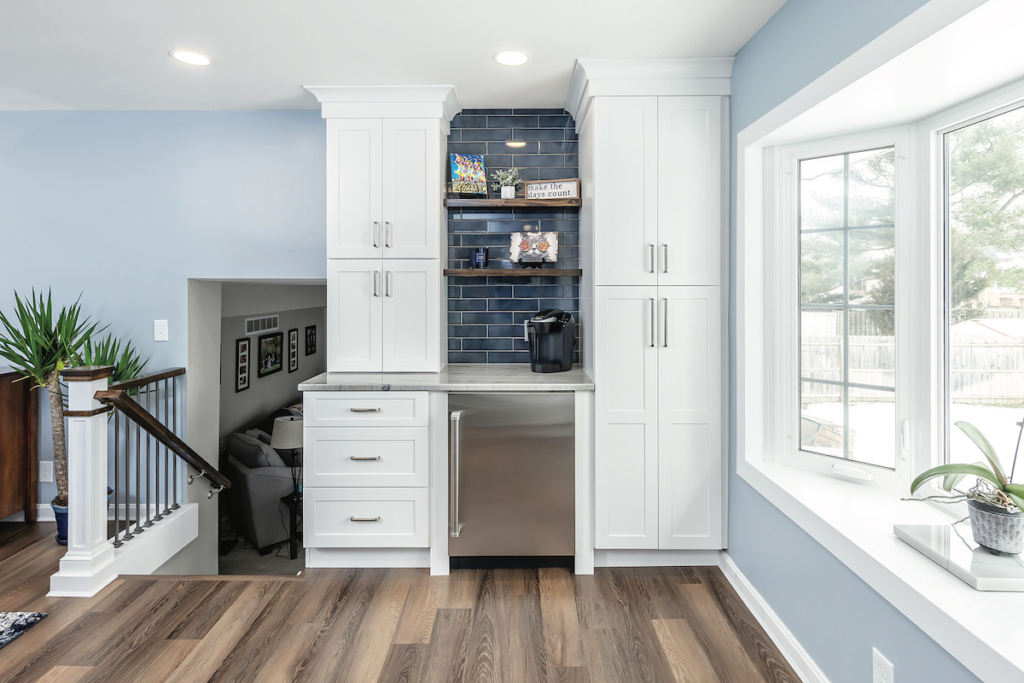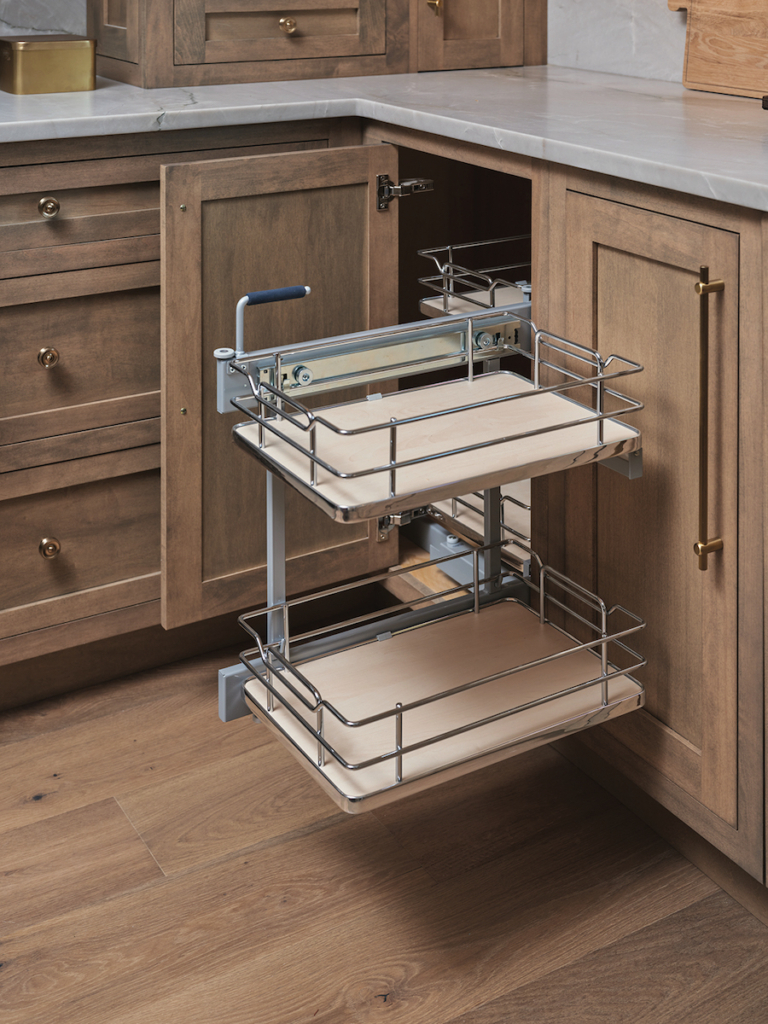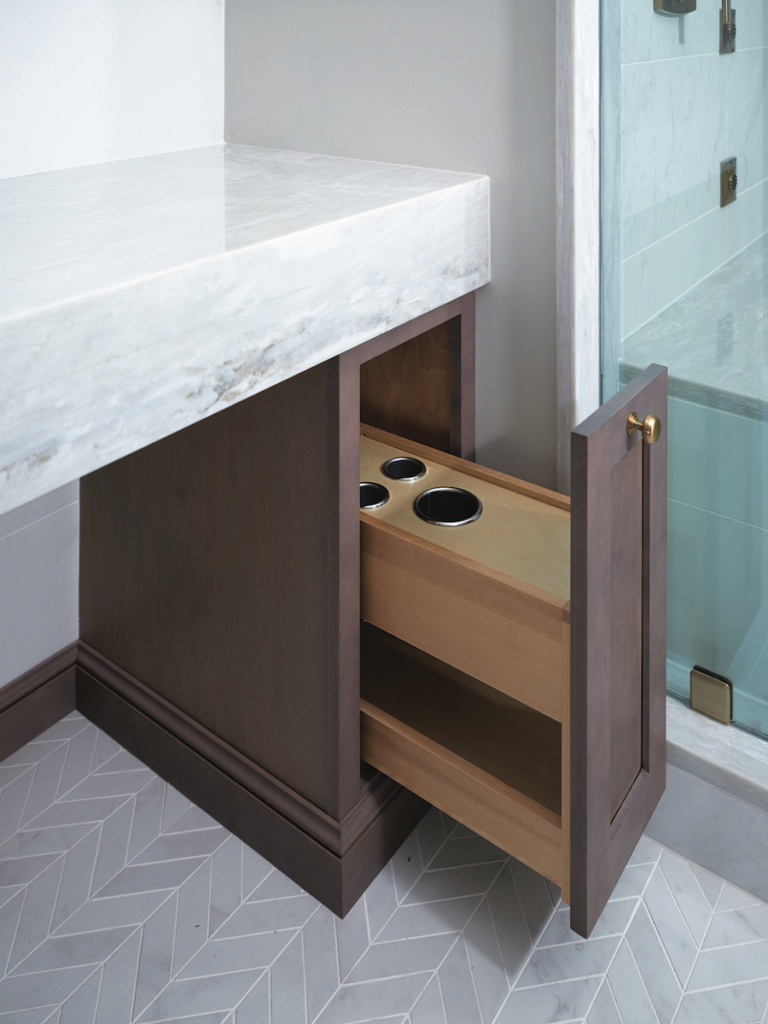
When most people think about remodeling, they picture the finished product: a beautiful kitchen with gleaming countertops, a spa-like bathroom with elegant tile, or an open-concept living space filled with natural light. While aesthetics are a key part of any successful remodel, good design is about much more than creating a visually appealing space. It’s about how your home works for you, how it supports your lifestyle, solves daily frustrations, and makes everyday life easier and more enjoyable.
At its core, good design is functional. It considers how you live in your space today and anticipates how your needs might change in the future. A well-designed home should feel intuitive. You shouldn’t have to walk across the kitchen to get to the trash can, dig through deep shelves to find what you need, or work around an awkward layout that no longer fits your life. These are the details that often go unnoticed in a photograph, but they make all the difference when you’re living in the space every day.
This is why the design process should never be rushed. At Cipriani Remodeling Solutions, we start by getting to know our homeowners. We want to understand how they use their space, what frustrates them, what they value most, and how they envision living in their home five, ten, even twenty years from now. These conversations shape every design decision we make, from layout and materials to storage solutions and lighting placement.
For example, a kitchen island might look great in a photo, but if it disrupts the workflow of someone who loves to cook, it’s not the right solution. On the other hand, a kitchen with clear zones for prep, cooking, and cleanup, all tailored to how that family uses the space, will feel effortless and enjoyable to use day in and day out.




Lighting is another example of design that goes beyond looks. The right lighting plan doesn’t just highlight finishes. It improves safety, functionality, and mood. Layering ambient, task, and accent lighting ensures that a space can adapt to different times of day and activities. Whether you’re cooking dinner, reading a book, or entertaining guests, your lighting should support what you’re doing.
Good design also takes the emotional experience into account. A well-designed space can make you feel calm, energized, focused, or relaxed, depending on how it’s composed. Color, layout, sound, and texture all influence how a space makes you feel. These elements are subtle, but when done thoughtfully, they create a lasting impact.
We often hear from homeowners who feel stuck between wanting a beautiful home and needing a functional one. The good news is, you don’t have to choose. When design is approached the right way, beauty and function work together. Thoughtful design doesn’t compromise one for the other. It integrates both in a way that feels seamless and deeply personal.
Ultimately, good design supports your life. It’s not just about what you see when you walk into a room. It’s about how that room makes you feel and how well it works when you’re living in it. That’s why our process puts so much emphasis on understanding the people behind the project. Every family is different, and every home should be a reflection of the people who live there.
So, the next time you see a beautifully remodeled space, look a little closer. Ask how it works, not just how it looks. Because true design success isn’t measured by style alone. It’s measured by how well a space serves the people who call it home.

